Kill Your Anxiety With These DIY Herbal Smoking Blends
The complete recipe and tutorial guide
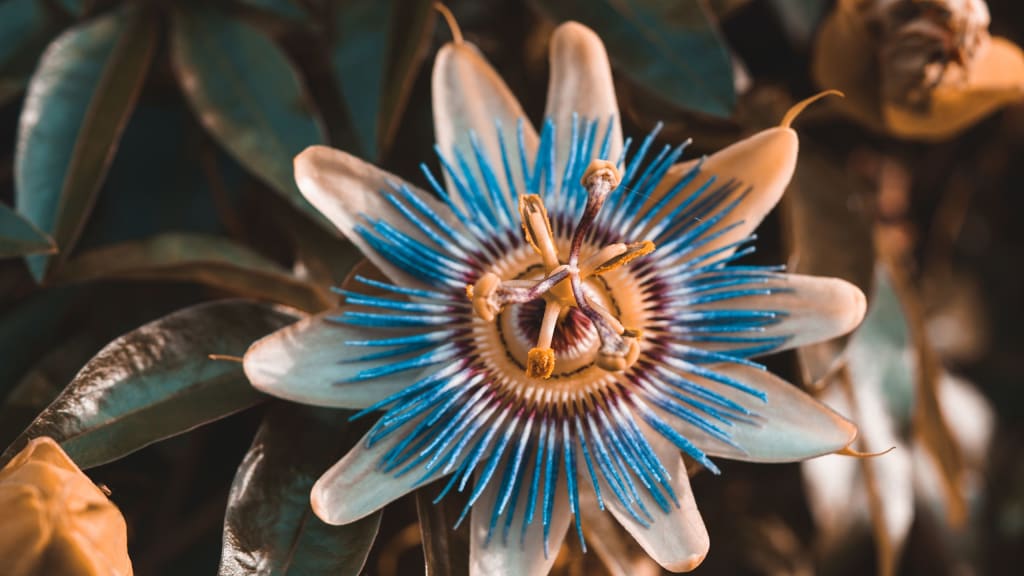
Herbal smoking has been an established tradition for a very long time, usually performed during shamanic ceremonies. Native American healers used herbs for Ayurvedic treatment, and smoking them brings out and realizes their benefits. When a plant is ignited, its active components become mobilized, and the energy is then passed to the smoker. The therapeutic benefits of deep inhalation are transferred to the bodily locations that require healing.
Herbs used for smoking are useful in curing respiratory issues, among other things. Additionally, it has been shown to relieve toothaches, mental issues, and hormonal issues.
A common plant that has been used for smoking and as a trade good for a long time is tobacco. It was smoked ceremonially, such as when sealing a treaty deal, as well as socially. Despite the looming health risks, tobacco is still a very common constituent in cigarettes today.
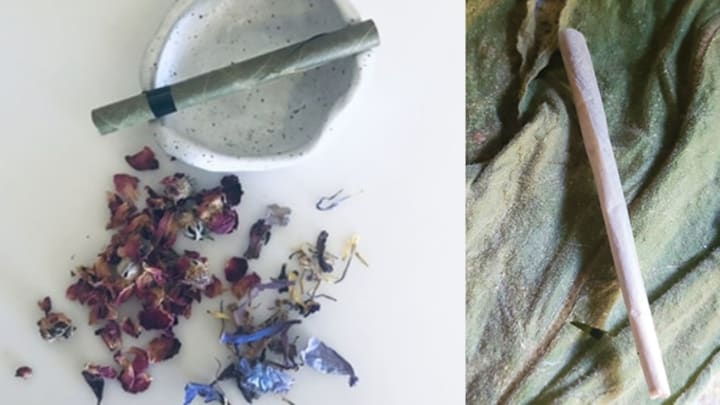
Famous smokable plants like hemp and cannabis are primarily used for recreational purposes. They are so strong that their legality has been contested for a long time. All US states now allow the growing of these plants as long as the amount of THC, the active ingredient, does not go over the legal limit.
Strong smokable herbs are the finest choice (and are legal) for treating medical conditions. They serve as tobacco alternatives and aid in the recovery from nicotine addiction. But not all herbs can be smoked, and even those that can are not designed to be used repeatedly. Smoking can irritate the lungs, which will only make the issue worse, regardless of the source.
Ingredients in smoke blends
Researching which herbs are suitable for smoking can be helpful before beginning the habit. Additionally, herbs have a variety of flavors, so you should experiment to find the ones that best fit your palate.
Mullein, red raspberries, passionflower, mugwort, skullcap, and uva ursi are a few of the most widely used herbs for smoking. To improve its flavor, additional flavoring herbs are used, such as sage, spearmint, and peppermint.
The three components of a DIY blend are typically the foundation or carrier herbs, the supporting herbs, and the flavoring herbs.
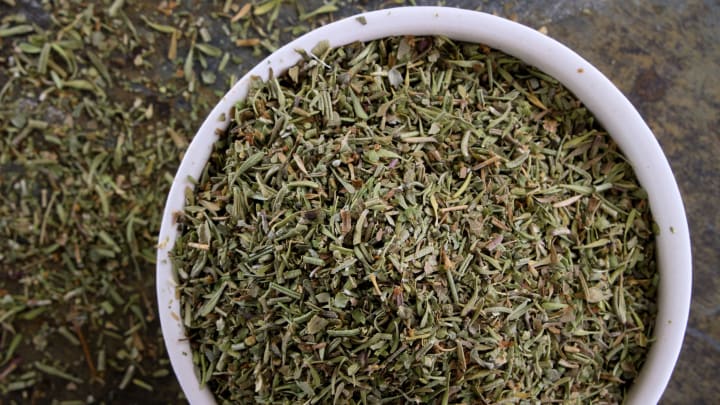
Foundation Herbs
About 50 to 60 percent of the blend is made up of the foundation herb, also known as the carrier herb. The bulk, or primary component, is what makes up the herbal smoke. The base herb should be throat-friendly and have a neutral, subtle flavor. Mullein, Mugwort, Damiana, Gotu Kola, Chamomile, Marshmallow leaves or roots, Raspberry, and Yarrow flowers are also suitable choices.
Supportive Therapeutic Herbs
The blend contains between 30 and 40 percent secondary or supportive herbs. When smoked, these herbs have a particular therapeutic effect. Try experimenting with various herbs and taking into account their therapeutic capabilities when selecting a supportive herb. For instance, utilize passionflower for a relaxing effect and uva ursi for clearing lung inflammation. Skullcap, blue lotus, Uva ursi, coltsfoot, passionflower, catnip, wild lettuce, lobelia, wormwood, and white sage are all suitable choices.
Aromatic Herbs
The herbal smoking blend is more enticing because of the flavoring herbs and spices. Due to their strong flavor, they only make up roughly 10 to 20% of the mixture. For a floral flavor, consider using reviving herbs like pepermint or lavendar. Herbs used to flavor food also add their therapeutic qualities to the mix. There are several excellent possibilities, including lavender, clove, licorice root, peppermint and spearmint, jasmine, Korean ginseng, rose petals, tea leaves, thyme, and sage.
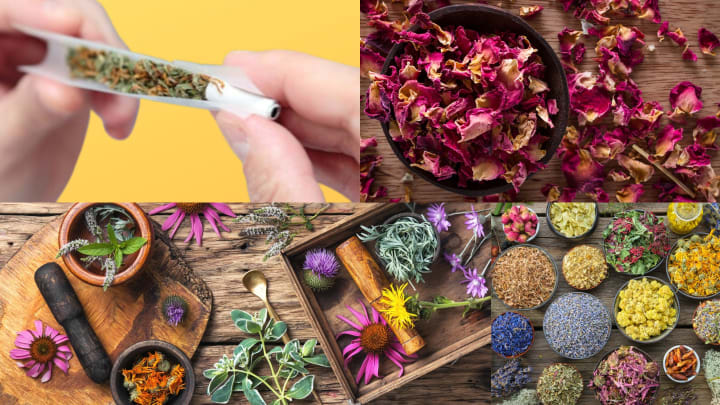
You will want rolling paper that can hold the materials in order to make your own smoke blend. They may be purchased online and come in a wide range of diameters, thicknesses, materials, and burning rates.
Paper
You can choose pure, untreated rolling sheets for this, especially without flavorings. They are used not only to transport the plants, but also to burn them. Because of the harmful materials they contain, bleached papers or papers with prints and inks should not be used.
Pre-rolled tubes are available for your convenience if rolling your blend is not your thing. If you'd like, you can also acquire a simple or elaborate pipe.
Filter
Filters were not used in conventional smoking until the early 1950s. Its purpose is to lessen the amount of tar, nicotine, and other harmful compounds that are inhaled when a person smokes. Additionally, they lower the temperature of the pulled smoke.
There are several types of filters as well. Cotton tips, thin foam, cardboard, or reusable plastic filters make up the majority. Filters are a matter of personal preference.
BLENDS
Mullein and Coltsfoot Blend for Respiratory Conditions
Verbascum thapsus, a delicate and airy plant, is used as a base ingredient in this smoking mixture. The herb has a long history of use in the treatment of many illnesses. It is notably helpful in treating respiratory infections and inflammatory discomfort.

The herbal cough medicine coltsfoot (Tussilago farfara) is highly effective in this mix too. It is a powerful expectorant and antitussive that opens up the airways and reduces congestion. Coltsfoot, when used as a supporting herb, produces a potent herbal smoke that is effective in treating pneumonia, bronchitis, laryngitis, and other associated illnesses.
You can add any flavoring you like to this mixture, although peppermint or spearmint might be the best options.
Women's Wellness Blend of mullein and raspberry smoke
A trophorestorative herb, mullein (Verbascum densiflorum), helps rectify shortages and imbalances in the body. The astringent and alterative qualities of red raspberry, mixed with the smoke from its dried leaves, are beneficial to women's health. Raspberry is quite effective at treating issues with ovulation, troublesome menstrual cycles, and other aspects of female reproductive health.
Inspirational Uplifting Smoke Blend
Combine blue lotus, rose petals, damiana, and California poppies in equal portions. These components have the ability to elevate mood and act as natural antidepressants with psychedelic effects. If you want to feel serene and at ease, choose this combination. If blue lotus is not available, you can substitute sacred lotus for it and change the blend's proportions to suit your tastes.
Strong Relaxing Blend
Smoke a mixture of skullcap and a dash of lobelia to promote restful sleep. The herbs are excellent for treating insomnia and many other sleep disorders since they have potent sedative and soothing effects. Inflammatory aches can also be relieved, and it can also lessen anxiety and sadness.
Stop Smoking Big Tobacco Blend
Use this homemade herbal smoke blend to break your tobacco addiction.
As an optional flavor, combine finely chopped dried leaves of the herbs mullein, skullcap, uva ursi, lobelia, and mint.
After a month of smoking, take out the lobelia and add more mullein leaves. Continue smoking mullein when the urge to smoke becomes noticeably less intense before completely giving up the habit.
Making a Homemade Smoke Blend
You can choose the components and dosage while creating your own smoking blend. You can change the herbs you don't like and choose how powerful or weak you want the mixture to be.
For a homemade smoke blend, the recommended ratio is:
2 tablespoons of the foundation or base herb
1 tablespoon of a supportive or secondary herb
1/2 tablespoon flavor herb
If using rolling paper, crush the dried leaves into powder or small pieces.
They should be measured and combined well in a bowl or other container.
To make the mixture softer and more moist, mist it with around a teaspoon of water. To make it taste better, you may also add a few drops of honey.
If using a filter, roll the herbs in the paper and affix it to one end. Apply a small amount of water to the end piece to seal it before allowing it to dry.
Don't forget to store them in a dry glass jar or a plastic bag after enjoying the smoke.
Herbal mixtures aren't just good for easing health problems when smoked. People who want to stop smoking and kick their tobacco addiction find it appealing as well. While herbs like lobelia have a similar impact as nicotine, they work by attaching to the nicotine receptor in the brain to reduce cravings.
In general, smoking herbal cigarettes won't get you addicted, but you should use caution when mixing them with other tobaccos. They continue to emit tar, carbon monoxide, and other lung-damaging particles when used for an extended period of time.
Herbs can be consumed in a variety of ways, but they are also strong when smoked and may have unfavorable side effects. Therefore, please seek the advice of a naturopathic physician before consuming herbs in any way.
Attributions:
Columbines School of Botanical Studies. (n.d.). Columbines School of Botanical Studies. https://botanicalstudies.net/herbalism/smoking-medicinal-lungs/#:~:text=Mullein%20is%20a%20fine%20medicinal,and%20promote%20%E2%80%9Ceffective%E2%80%9D%20coughing.
Noveille, A. (2016, October 24). How To Craft Your Own Herbal Smoking Blends. Herbal Academy. https://theherbalacademy.com/herbal-smoking-blends/
About the Creator
Richelle Gerner, Rootbound Homestead
Rootbound Homestead is a community bound by roots. Leaving our old comfy life in FL to move to NY to start living cleaner, more simply, and with purpose. Garden hacks, tips and tricks, natural medicine, healing, animals, recipes and more!


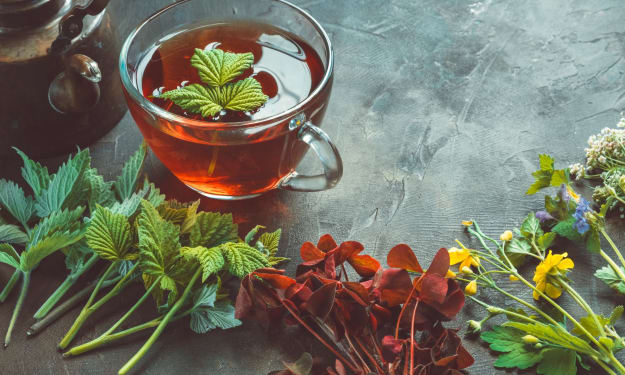



Comments
There are no comments for this story
Be the first to respond and start the conversation.